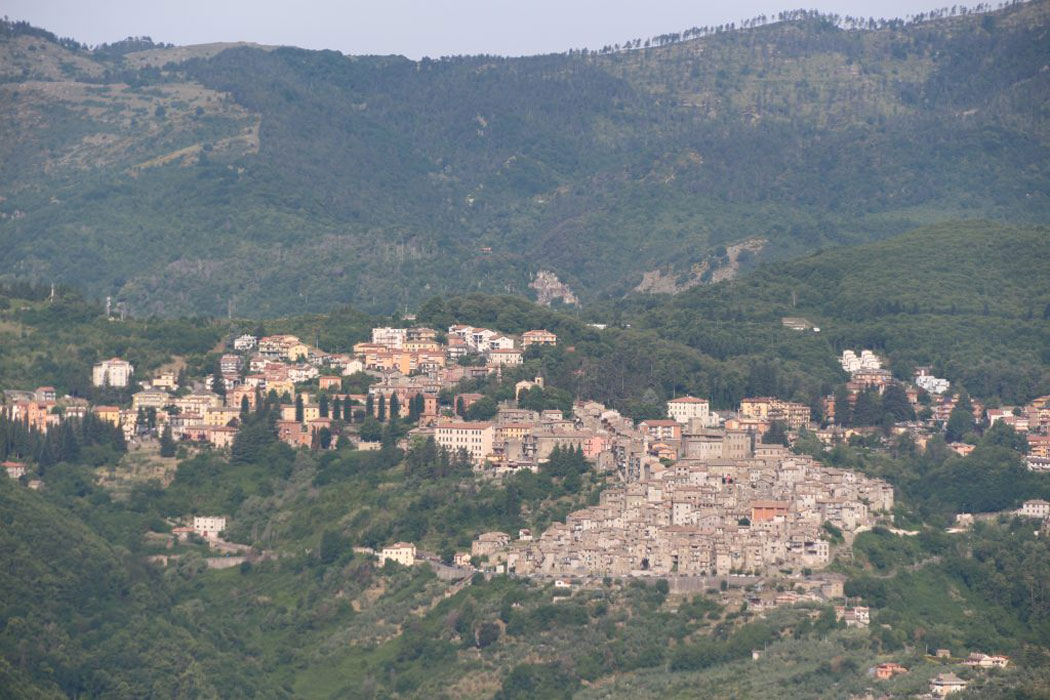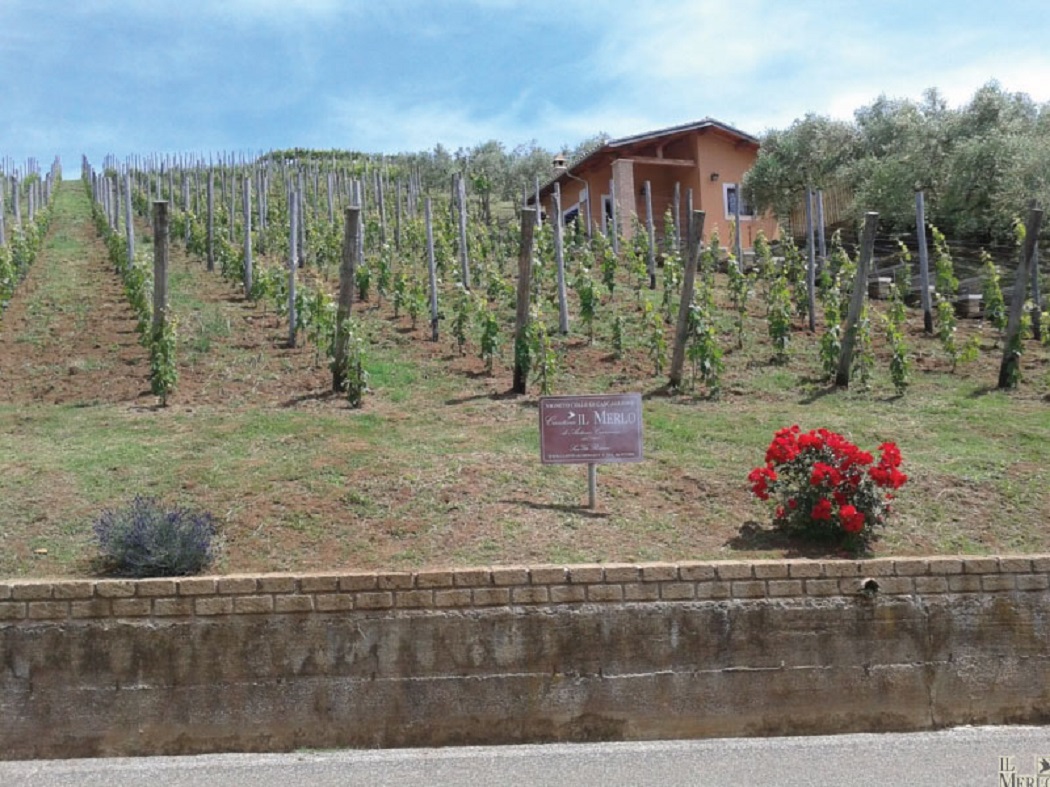

San Vito Romano, to the east of Rome in the Prenestini mountains, is known as the Switzerland of Lazio for its natural beauty throughout the seasons.
Up to about one thousand it was a model town that self-governed electing the 'wise men'. But, in 1084 they were subdued by the Lord of Paliano who gave it to the Abbey of Subiaco and the Benedictine monks chose the name of San Vito from that of a young Christian killed by the Emperor Diocletian.
To defend themselves from the raids, the monks created a castrum and subsequently sold the country to the Colonna princes of Genazzano in 1180. In the following centuries the castle was extended and the area was fortified.
In 1575 San Vito Romano became property of the noble family of Theodoli, a native of Forli, which intervened decisively in the urban structure of the country. Five churches were built, they opened the village and built the Carmelite Monastery, now the Town Hall.
Up to about one thousand it was a model town that self-governed electing the 'wise men'. But, in 1084 they were subdued by the Lord of Paliano who gave it to the Abbey of Subiaco and the Benedictine monks chose the name of San Vito from that of a young Christian killed by the Emperor Diocletian.
To defend themselves from the raids, the monks created a castrum and subsequently sold the country to the Colonna princes of Genazzano in 1180. In the following centuries the castle was extended and the area was fortified.
In 1575 San Vito Romano became property of the noble family of Theodoli, a native of Forli, which intervened decisively in the urban structure of the country. Five churches were built, they opened the village and built the Carmelite Monastery, now the Town Hall.













Follow us